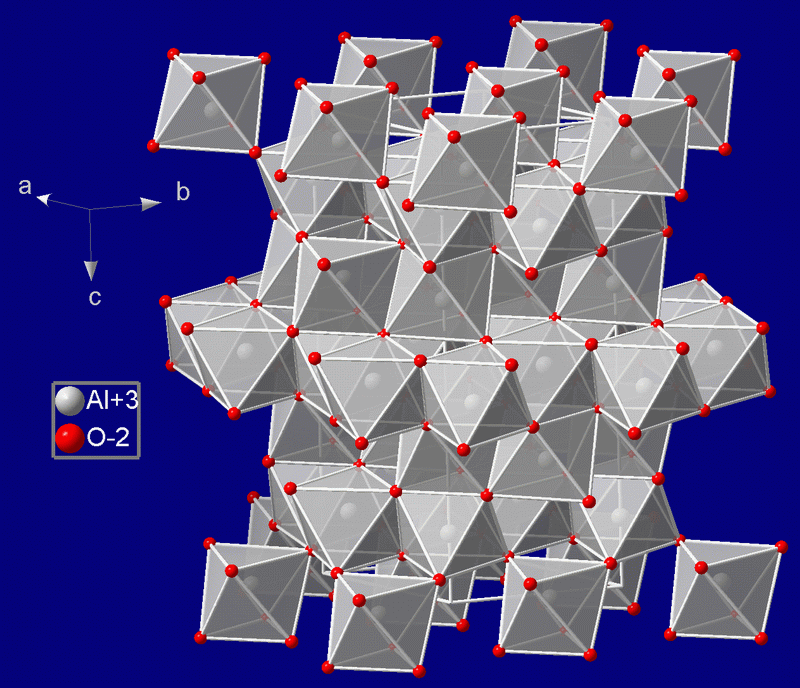|
Geuda
Geuda (, pronounced gay-yoo-dah) is a form of the mineral corundum, or sapphire, found primarily in Sri Lanka. Around 70%-80% of gems mined in Sri Lanka belong to geuda varieties. Because of its semitransparent and milky appearance due to rutile Rutile is an oxide mineral composed of titanium dioxide (TiO2), the most common natural form of TiO2. Rarer Polymorphism (materials science), polymorphs of TiO2 are known, including anatase, akaogiite, and brookite. Rutile has one of the highest ... inclusions, these stones have little value as gemstones in their natural state. Geuda was frequently stored in large drums or used to gravel home gardens prior to the 1970s discovery that heat treatment can drastically alter the stone's color.Stephen M Voynick, Yogo: The Great American Sapphire. Mountain Press Publishing Company, Missoula. 1985 Some geuda varieties turn to a blue color after heat treatments. Others turn to red after oxidizing. Kowangu pushparaga turns to yellow sapphir ... [...More Info...] [...Related Items...] OR: [Wikipedia] [Google] [Baidu] |
Corundum
Corundum is a crystalline form of aluminium oxide () typically containing traces of iron, titanium, vanadium and chromium. It is a rock-forming mineral. It is a naturally transparent material, but can have different colors depending on the presence of transition metal impurities in its crystalline structure. Corundum has two primary gem varieties: ruby and sapphire. Rubies are red due to the presence of chromium, and sapphires exhibit a range of colors depending on what transition metal is present. A rare type of sapphire, padparadscha sapphire, is pink-orange. The name "corundum" is derived from the Tamil- Dravidian word ''kurundam'' (ruby-sapphire) (appearing in Sanskrit as ''kuruvinda''). Because of corundum's hardness (pure corundum is defined to have 9.0 on the Mohs scale), it can scratch almost all other minerals. It is commonly used as an abrasive on sandpaper and on large tools used in machining metals, plastics, and wood. Emery, a variety of corundum with no value a ... [...More Info...] [...Related Items...] OR: [Wikipedia] [Google] [Baidu] |
Sapphire
Sapphire is a precious gemstone, a variety of the mineral corundum, consisting of aluminium oxide () with trace amounts of elements such as iron, titanium, chromium, vanadium, or magnesium. The name sapphire is derived via the Latin "sapphirus" from the Greek "sappheiros", which referred to Lapis lazuli, lapis lazuli. It is typically blue, but natural "fancy" sapphires also occur in yellow, purple, orange, and green colors; "parti sapphires" show two or more colors. Red corundum stones also occur, but are called ruby, rubies rather than sapphires. Pink-colored corundum may be classified either as ruby or sapphire depending on locale. Commonly, natural sapphires are cut and polished into gemstones and worn in jewellery, jewelry. They also may be created synthetically in laboratories for industrial or decorative purposes in large boule (crystal), crystal boules. Because of the remarkable hardness of sapphires 9 on the Mohs scale of mineral hardness, Mohs scale (the third hardest ... [...More Info...] [...Related Items...] OR: [Wikipedia] [Google] [Baidu] |
Sri Lanka
Sri Lanka (, ; si, ශ්රී ලංකා, Śrī Laṅkā, translit-std=ISO (); ta, இலங்கை, Ilaṅkai, translit-std=ISO ()), formerly known as Ceylon and officially the Democratic Socialist Republic of Sri Lanka, is an island country in South Asia. It lies in the Indian Ocean, southwest of the Bay of Bengal, and southeast of the Arabian Sea; it is separated from the Indian subcontinent by the Gulf of Mannar and the Palk Strait. Sri Lanka shares a maritime border with India and Maldives. Sri Jayawardenepura Kotte is its legislative capital, and Colombo is its largest city and financial centre. Sri Lanka has a population of around 22 million (2020) and is a multinational state, home to diverse cultures, languages, and ethnicities. The Sinhalese are the majority of the nation's population. The Tamils, who are a large minority group, have also played an influential role in the island's history. Other long established groups include the Moors, the Burghers ... [...More Info...] [...Related Items...] OR: [Wikipedia] [Google] [Baidu] |
Rutile
Rutile is an oxide mineral composed of titanium dioxide (TiO2), the most common natural form of TiO2. Rarer Polymorphism (materials science), polymorphs of TiO2 are known, including anatase, akaogiite, and brookite. Rutile has one of the highest refractive index, refractive indices at visible wavelengths of any known crystal and also exhibits a particularly large birefringence and high dispersion (optics), dispersion. Owing to these properties, it is useful for the manufacture of certain optical elements, especially Polarization (waves), polarization optics, for longer light, visible and infrared, infrared wavelengths up to about 4.5 micrometres. Natural rutile may contain up to 10% iron and significant amounts of niobium and tantalum. Rutile derives its name from the Latin ('red'), in reference to the deep red color observed in some specimens when viewed by transmitted light. Rutile was first described in 1803 by Abraham Gottlob Werner. Occurrence Rutile is a common accessory ... [...More Info...] [...Related Items...] OR: [Wikipedia] [Google] [Baidu] |
Corundum Gemstones
Corundum is a crystalline form of aluminium oxide () typically containing traces of iron, titanium, vanadium and chromium. It is a rock-forming mineral. It is a naturally transparent material, but can have different colors depending on the presence of transition metal impurities in its crystalline structure. Corundum has two primary gem varieties: ruby and sapphire. Rubies are red due to the presence of chromium, and sapphires exhibit a range of colors depending on what transition metal is present. A rare type of sapphire, padparadscha sapphire, is pink-orange. The name "corundum" is derived from the Tamil- Dravidian word ''kurundam'' (ruby-sapphire) (appearing in Sanskrit as ''kuruvinda''). Because of corundum's hardness (pure corundum is defined to have 9.0 on the Mohs scale), it can scratch almost all other minerals. It is commonly used as an abrasive on sandpaper and on large tools used in machining metals, plastics, and wood. Emery, a variety of corundum with no value as ... [...More Info...] [...Related Items...] OR: [Wikipedia] [Google] [Baidu] |




